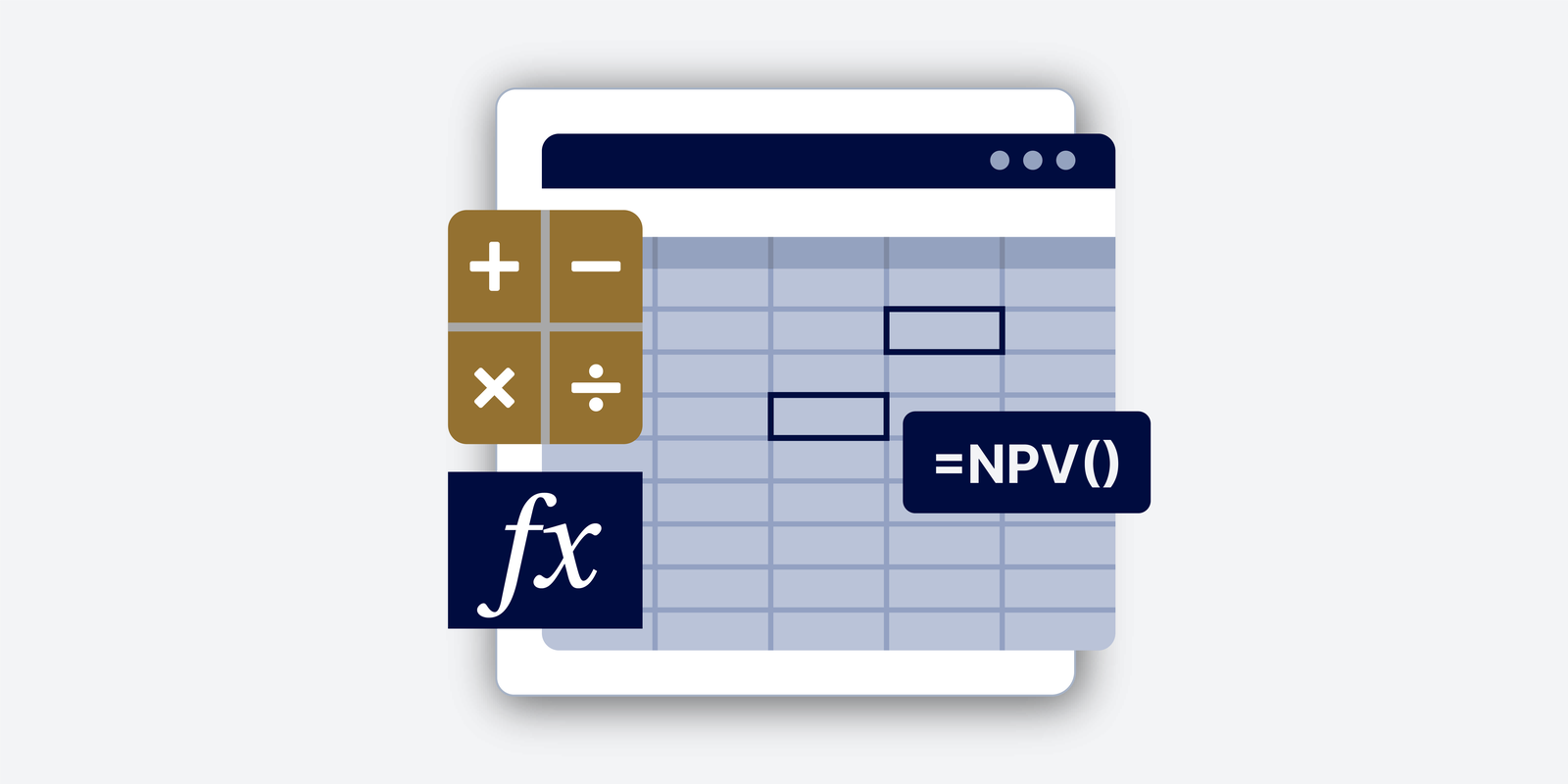Trace Precedents
What are Trace Precedents? Trace precedents are cells or groups of cells that affect the value of the active cell. Microsoft Excel provides users with the flexibility of doing complex calculations using formulas such as average, sum, count, etc. However, the formulas may sometimes return wrong values or even give an error message that you…





